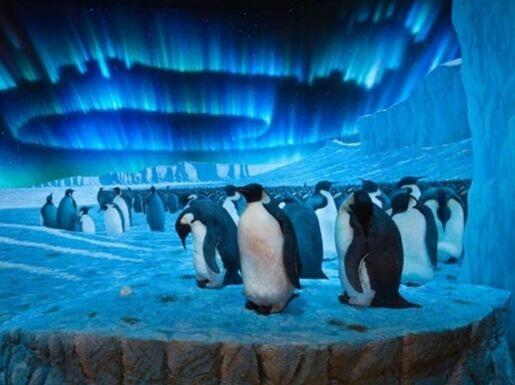Race to the End of the Earth
May 29, 2010 — January 2, 2011
Traveling

Race to the End of the Earth is organized by the American Museum of Natural History, New York, in collaboration with Musée des Confluences, Lyon, France, and Royal BC Museum, Victoria, British Columbia, Canada.
Generous support for Race to the End of the Earth has been provided by the Eileen P. Bernard Exhibition Fund, Marshall P. and Rachael Levine, and Drs. Harlan B. and Natasha Levine.
Additional support has been provided by the Government of the United Kingdom and the National Science Foundation under Grant No. ANT 0636639.

